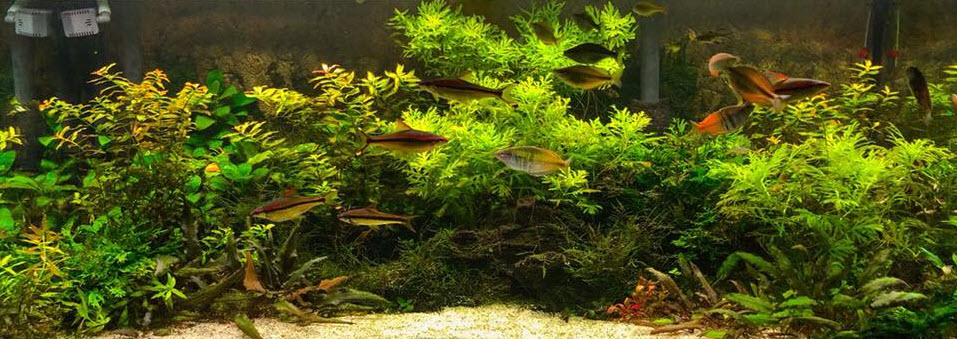
Definitions
Conventional wisdom recognizes three type of filtration:
- Mechanical filtration is the removing from the water column of particles one can see, i.e. very roughly those particles over 100 microns (0.004 inches) in size
- Chemical filtration is the removal of some colored organics and some smells from aquarium water
- Biofiltration is filtration by living organisms of particles less than 100 microns (food, algae, fish pathogens, etc.) and living organisms doing oxidation of some chemicals like dissolved organic compounds and ammonia.
Note there can be considerable crossover. For instance 30 pores per inch foam acts both as a very good mechanical filter and as a very good biological filter media.
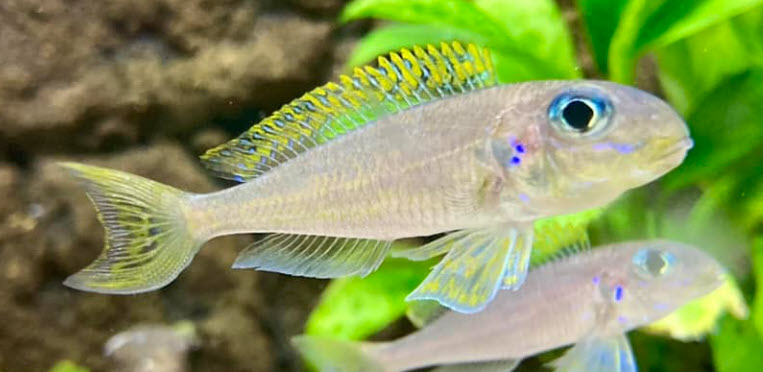
Filtration
Filtration is often misunderstood by those new to the hobby. They think filtration is only the removal of the particles in the water they can see, things like uneaten food and feces. They think that if these particles are removed the water will be crystal clear and healthy for the fish. This is not accurate. The visible particle removal (“mechanical filtration”) is not as important as the biofiltration.
Filtration should be looked at from a chart.
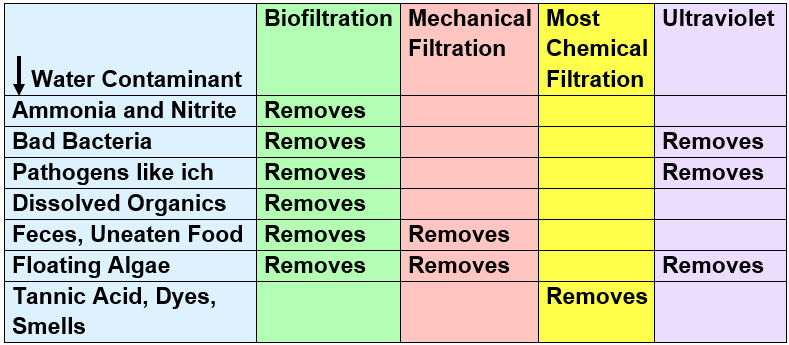
Biofiltration is obviously easily 80% of the game per this chart if one has a lot of biofiltration. If one has poor biofiltration then mechanical filtration takes on more importance.
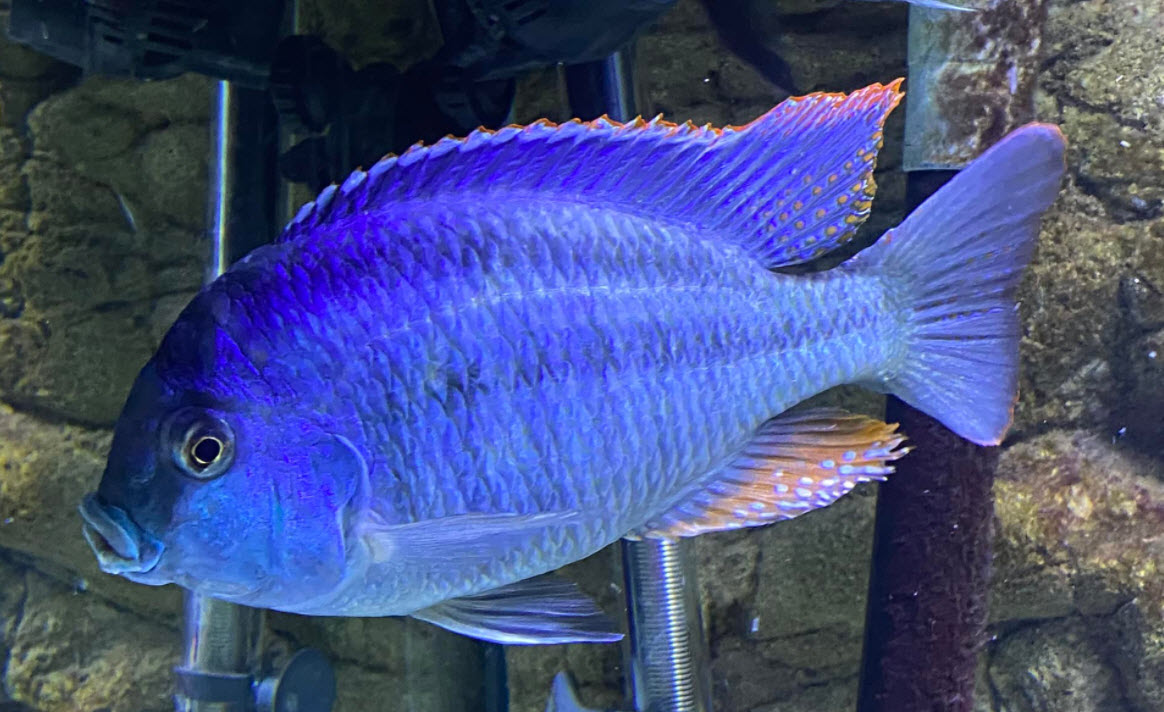
The biggest myth about filtration is that one needs a clean filter in order for the filter to be effective. Exactly the opposite is true. The dirtier the filter media the better the filtration. The brown gunk inside a filter is many different varieties of very beneficial organisms, including so called “beneficial bacteria”. The filter below filtered an aquarium with perfect water parameters and some very healthy fish. It was not a “nitrate factory” nor a spewer of disease pathogens.
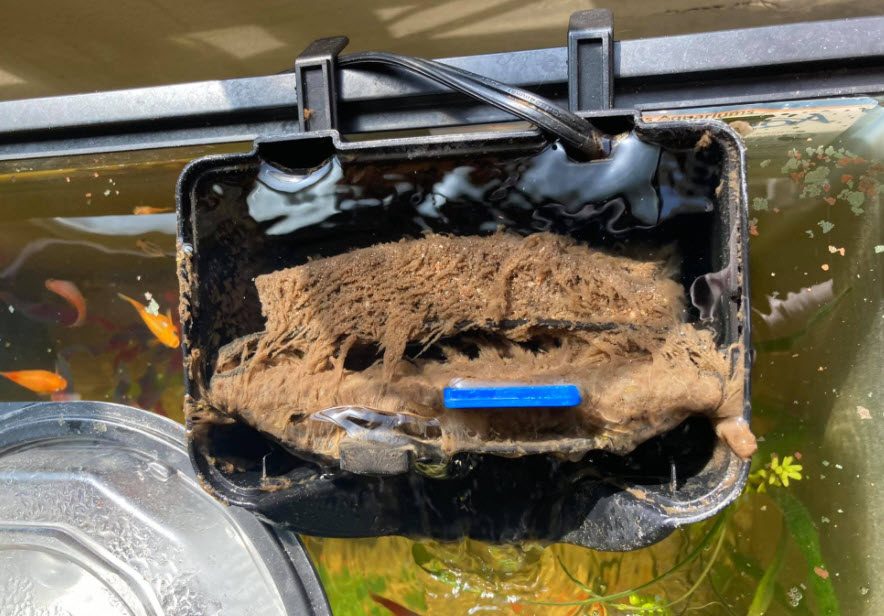
What follows in an in-depth analysis that will only be of interest to real nerds like the author.
The Three Stages of Filtration
Repeating what we said above, most of the well meaning but ill advised advice one gets on social media is that there are three stages of filtration needed in an aquarium:
- First layer: Mechanical filtration (removal of the large particles of food and fish waste)
- Second Layer: Chemical filtration (removal of “toxins and heavy metals”)
- Third Layer: Biofiltration (oxidation of ammonia to nitrate)
Mechanical filtration has some complicated effects. If one has poor biofiltration, mechanical filtration takes on some importance. But mechanical filtration (including surface vacuuming) takes a certain level of dedication to the hobby as it can require things like daily vacuuming and weekly changing out of media in a filter. It is much easier to just up the biofiltration to the point where mechanical filtration becomes unnecessary.
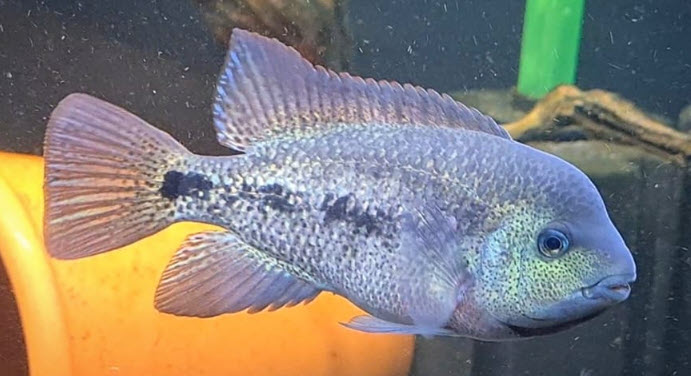
The major claim about chemical filtration is that is “removes toxins and heavy metals”. Just one minor problem: there are NO toxins or heavy metals in aquarium water that need to be removed. So chemical filtration only removes tannic acid, malachite green, and some smells and as such is pretty useless.
Chemical filtration is an invention of profit driven aquarium supply companies. “Replace the cartridges containing the carbon once a month” is part of the instructions to every cartridge filter made in the past fifty years. It makes a LOT of money for filter manufacturers.
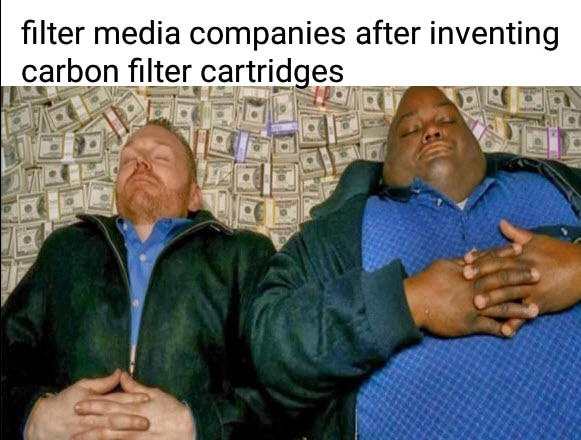
Biofiltration oxidation of ammonia to nitrate (and biofiltration of dissolved organic compounds to carbon dioxide) is very important and is the driving force behind having a filter in an aquarium.
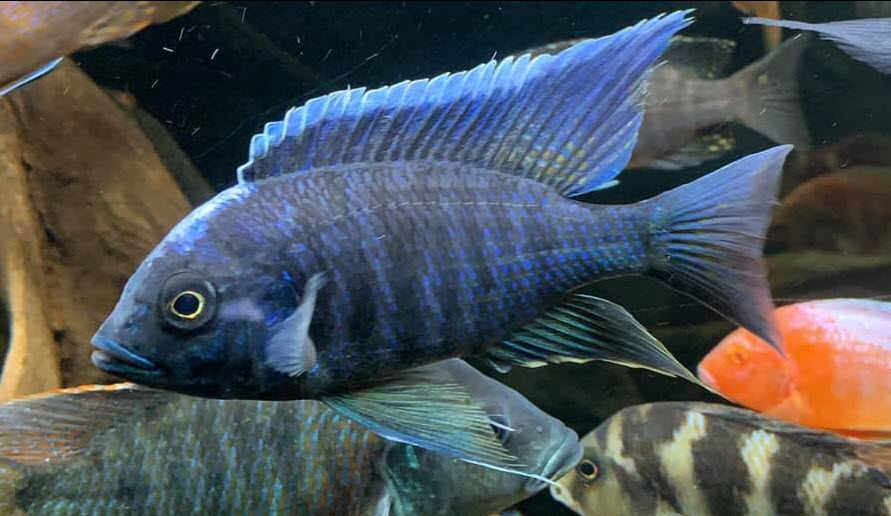
What Science Says
Science says something different than what social media will tell you. Science says aquarium water ideally should be filtered in the following stages:
- Mechanical filtration of the large particles of food and fish waste
- No Chemical filtration
- Three types of biofiltration:
- Biofilter oxidation of ammonia to nitrate by autotrophic (i.e. “eats chemicals like ammonia”) bacteria. This is a very important task. It is the major reason a filter exists in an aquarium.
- AND, in the same media as biofiltration, biofilter oxidation of “DOCs” (“Dissolved Organic Compounds” like carbohydrates and proteins) to carbon dioxide, ammonia and water by heterotrophic (i.e. “eats normal foods like sugars and proteins”) bacteria. This DOC oxidation is very important and very overlooked. It is key to crystal clear water and good fish health.
- AND, in the same media in the same media as biofiltration, capture and killing of things in the water like algae, bacteria and disease pathogens by heterotrophic (i.e. “eats normal foods like sugars and proteins”) organisms like rotifers.
The last three steps go on simultaneously in the brown gunk in a filter. The filtration breakdown between the autotrophic and the heterotrophic organisms is as follows:
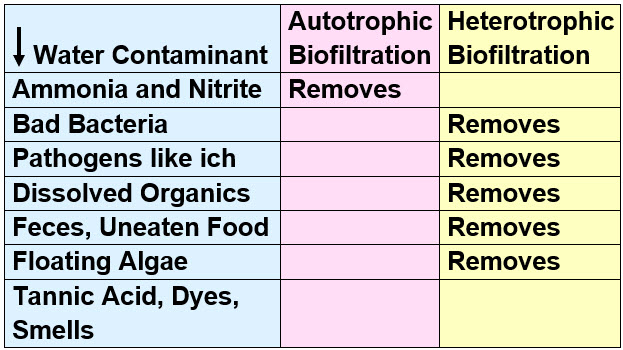
This give one a sense of how important heterotrophic organisms are in the filter.
This type filtration is what large intense aquaculture operations use. They use something like a rotating drum filter to remove the large particles (i.e. mechanical filtration) and then use a large biofilter (typically a K1 fluidized bed) that oxidizes both the ammonia and the DOCs. It is noteworthy that I can find NO aquaculture operation that uses chemical filtration. NONE.
Biofiltration is VERY dependent on the surface area that is available for beneficial organisms to colonize in the filter media. It is also dependent on how often the flow goes over the media. For instance, a trickle filter is roughly 30% as efficient as a submerged filter such as canister. The reason is that only 30% of the surface area of the trickle filter is under water at any given time.
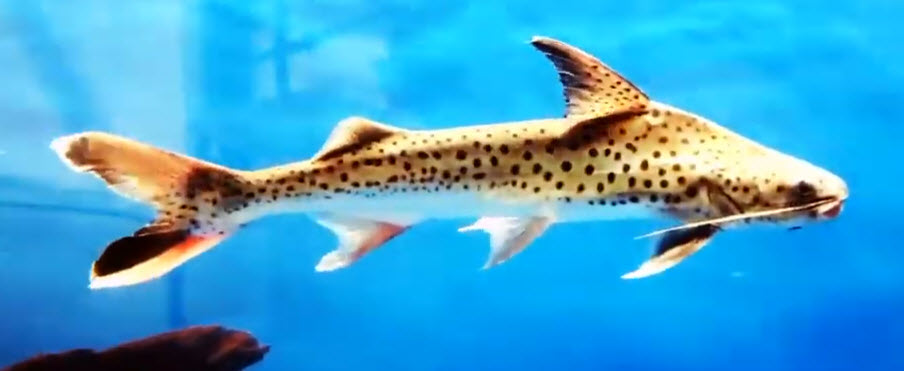
Filtration Schemes
There are about as many ways to stock a canister filter, bottom to top flow hang on back filter or sump as there are aquarium keepers. This is a typical “four element” scheme:
“Typical recommended” four basket canister filter stacking
- basket #1: small pore mechanical filter (typically polyester floss, “Pinkie pads” or 40 ppi foam) – removes some of the visible waste does nothing for the problematic ammonia and dissolved organics waste. It can significantly decrease the flow of the filter. It requires opening the filter once a week to clean or replace it. Often called “polishing filtration”
- basket #2: chemical filtration, activated carbon – relatively useless, only makes money for manufacturers
- basket #3: “special chemical” media – useless, only makes money for manufacturers
- Basket #4: biofiltration media – where ammonia and DOCs are oxidized and the majority of the reason for having a filter.
This design thus devotes 25% of its media to the main reason one has a filter on an aquarium, namely biofiltration. Not a good idea in my opinion. Also note that invariably the biofiltration media is something like ceramic rings, which testing shows is the WORST biofiltration media.
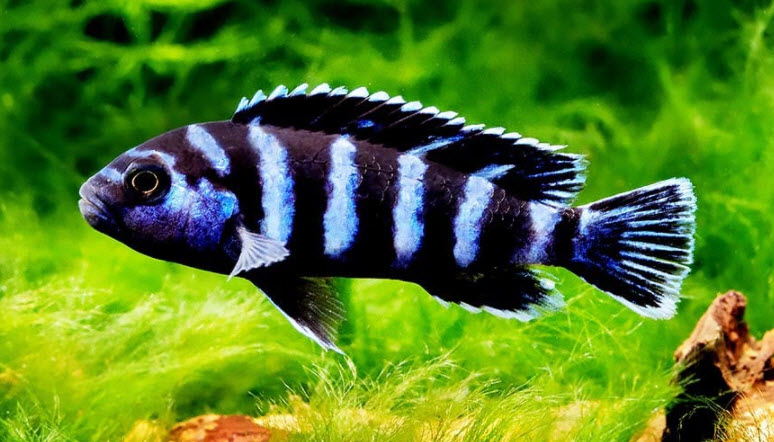
Now as mentioned, there are thousands of “filtration” schemes used in the hobby. Another common scheme seen on social media for three basket filtration is:
- small pore mechanical filter (typically polyester floss, “Pinkie pads” or 40 ppi foam) – removes some of the visible waste does nothing for the problematic ammonia and dissolved organics waste. It can significantly decrease the flow of the filter. It requires opening the filter once a week to clean or replace it. Often called “polishing filtration”
- chemical filtration, activated carbon – useless, only makes money for manufacturers.
- biofiltration media – where ammonia and DOCs are oxidized and the majority of the reason for having a filter.
This scheme devote 33% of the volume to biofiltration. Better but still not what I would recommend.
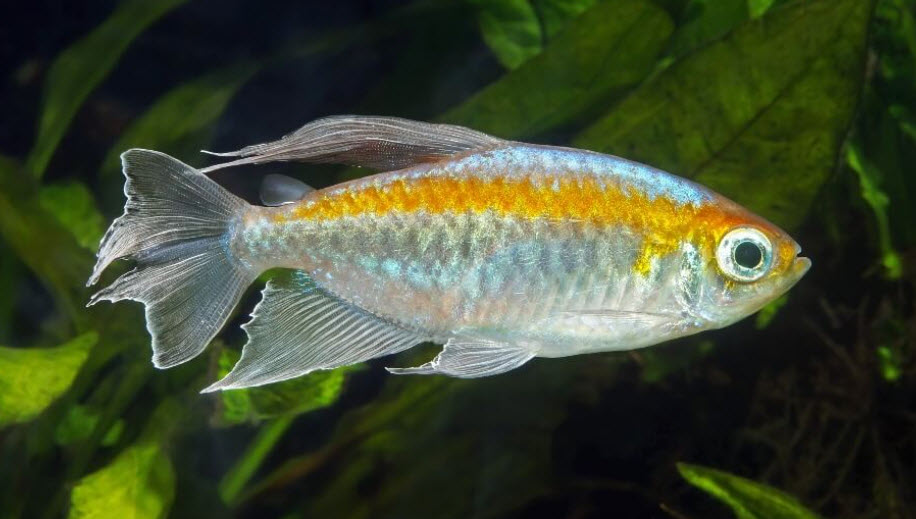
Many very good aquarists use the following scheme:
- Basket #1: small pore mechanical filter (typically polyester floss, “Pinkie pads” or 40 ppi foam) – removes some of the visible waste does nothing for the problematic ammonia and dissolved organics waste. It can significantly decrease the flow of a canister filter. It requires opening the filter once a week to clean or replace it. Often called “polishing filtration”
- Basket #2, #3 and #4: biofiltration media – where ammonia and DOCs are oxidized and the majority of the reason for having a filter.
This devotes 75% of the volume to biofiltration. In canisters this scheme is typified by filter floss or Pinkie pads on top of a ton of various biomedia. Typically the aquarists will use five or six types of media. This is just kind of humorous as all this biomedia only do biofiltration. They only vary in how well they do biofiltration. But note I used three to five types of media in all my many filters for some fifty years so I can’t throw any stones.
A version of this scheme is a sump with filter socks and a ton of various types of biomedia. This is a perfectly acceptable method and works well for many.
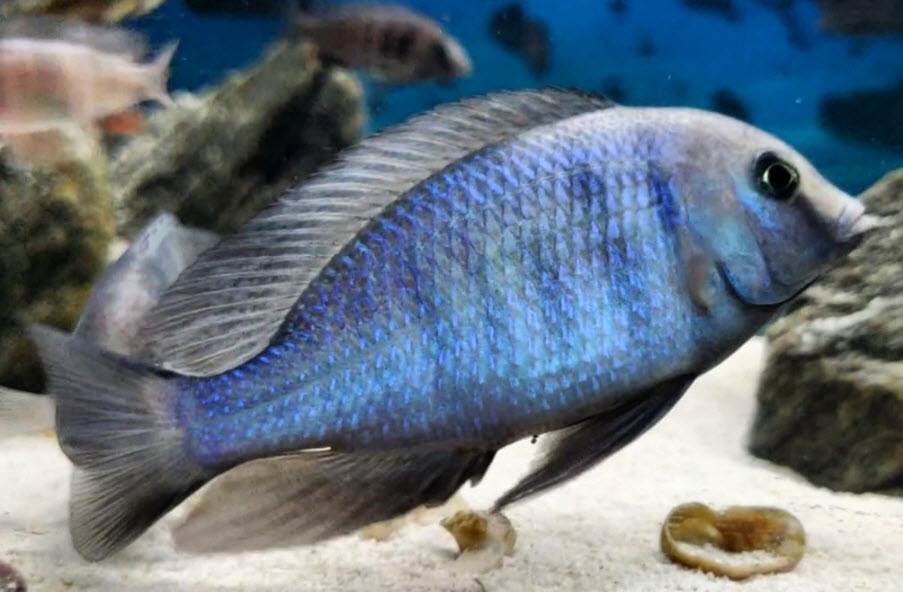
I used a somewhat unique filtration method on all sixteen or so of my aquariums:
- 100% biofiltration media (ONLY foam, K1 or plastic pot scrubbers coupled with undergravel filters)- where ammonia and DOCs are oxidized and the majority of the reason for having a filter.
I’m too lazy to open my canister filters (I had about six canister filters!), or to clean socks from ten sumps, so I did NO mechanical filtration. So I accepted that I would have a 30% to 80% increase in the load of dissolved organic compounds in my aquariums. I just used EXTREMELY heavy over-filtration and aeration to handle the load. All my aquariums also had under gravel filters which I never cleaned.
Lets’ say you have an aquarium with a mechanical filtration system removing the feces once a week coupled with a decent biofiltration of say 100 square feet. You’re adding ten grams of food per week. This is all resulting in only two grams of dissolved organic compounds, steady state. Remove the mechanical filtration and the number jumps of four grams dissolved organics, steady state. Now double the biofiltration to 200 square feet and the number goes back down to two grams of dissolved organics, steady state. The amount of steady state dissolved organics determines the water clarity.
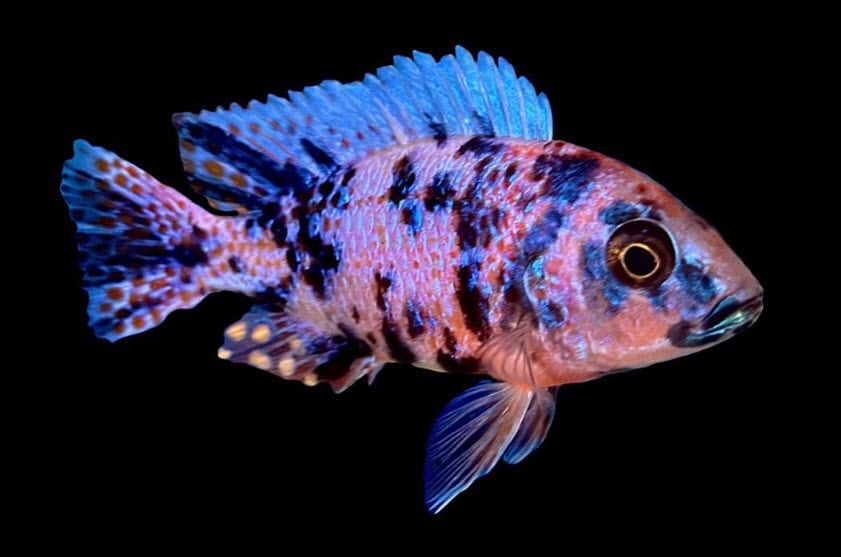
If a biofilter rapidly plugs up with brown gunk in a week or two weeks the biofilter is simply too small to do an adequate job of filtration. While low biofiltration (i.e. filter size) is the major factor other factors can contribute to it:
- Heavy stocking
- Heavy feeding
- Low protein food
- Low aeration
- Poor Mechanical filtration
Note that filtration in an aquarium is a natural process. Mother Nature is both very flexible and very forgiving. I’ve seen many different filtration schemes which have all worked very well.
One very good YouTube presenter uses only air operated sponge filters in many of his aquariums. He cleans his sponge filters thoroughly every week under running chlorinated water. His sponge filters have all been established for a long time so, as our testing showed, the beneficial bacteria in the sponge is in a very tenacious film on the foam matrix. So he doesn’t clean away or kill his beneficial bacteria. And his many aquariums of fish are very healthy and his water is crystal clear. Not the way I would do it but it works fine for him.
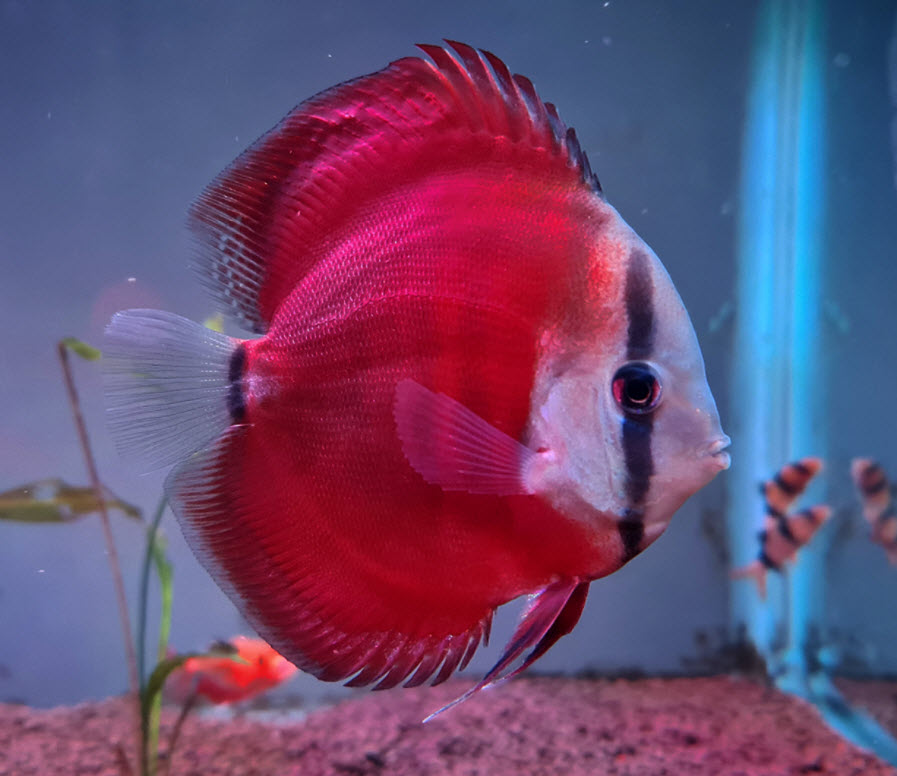
Filtration in More Depth
Filtration is a very misunderstood topic because there is so much money to be made by manufacturers all claiming to make the “best filter” and the “best filter media”. The barrage of fake marketing hype is astonishing. And this get parroted on much of social media. The science of aquarium filtration can be found in these links:
6.1. Mechanical Filtration
6.2. Biological Filtration
6.3. Over-filtration
6.4. Crystal-Clear Water
6.5 Water Flow Rate
6.6. Aquaponic Filtration
6.7. Nitrate Factory Myth
6.8. The Mistake of Thorough Cleaning
6.9. Tap Water Rinsing
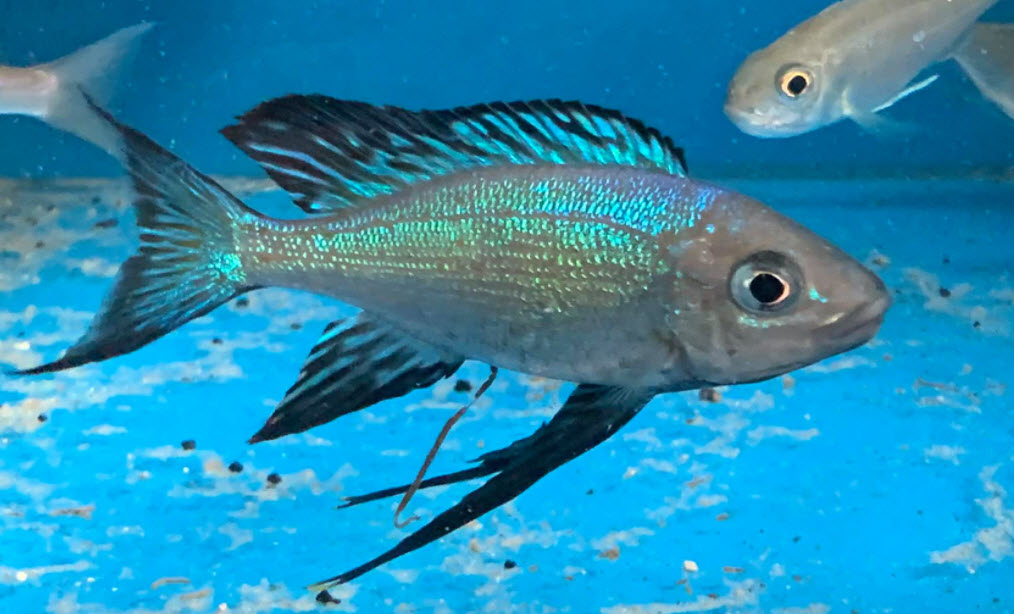
The myth of chemical filtration is debunked in the following link:
7.4. Chemical Filtration Media
The Science of Filtration in Depth
There are some aquarium hobbyists who are interested in delving deep into the science and the calculations behind all aspects of filtration. For those who are so inclined the following is pertinent:
6.2. Biofiltration
6.2.1. Detritus Explained
6.2.2. Brown Gunk in the Filter
6.2.3. Cloudy Water
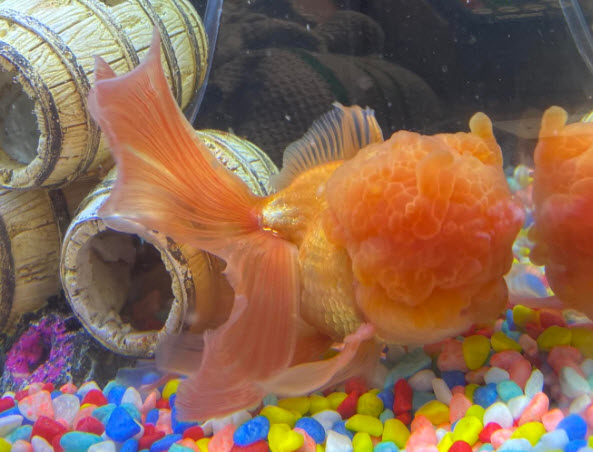
When one “cycles” an aquarium one is actually cycling the biofiltration part of the filter. Thus the science of cycling is an integral part of any filtration scheme. This science is reviewed in the following links:
2.10. The Nitrogen Cycle
2.11. Inoculate for Cycling
2.12. Beneficial Bacteria
2.14. The “Mature” Aquarium
.
Return to Home Page and Main Menu
.
Aquarium Science Website
The chapters shown below or on the right side in maroon lead to close to 400 articles on all aspects of keeping a freshwater aquarium. These articles have NO links to profit making sites and are thus unbiased in their recommendations, unlike all the for-profit sites you will find with Google. Bookmark and browse!
.

Dave says
Hydrogen peroxide burns exposed tissue, including the gills of fish. So an Sochting Oxidator will at least irritate the Hell out of a fish and at its worst, kill the fish. See the chapter 16.2.7. Chihiros Doctor for more details
Raúl says
Hi Dave. This year I’ve had a high but slow mortality rate. I still can’t find the reason. Although after reading all your posts with great interest, I’m starting to have suspicions. In my aquarium, I have a hydrogen peroxide dispenser with a catalyst. Specifically, this Söchting Oxydator. I originally used it to combat algae, on which it had no effect, but I did discover that there was barely any sludge at the bottom. I’ve always thought that the effect of active oxygen favored decomposition. After reading your article, I now have doubts about whether that oxygen isn’t killing bacteria doing an unknown job, and that’s the reason for the deaths. Because everything else related to the filter and flow rate is within the parameters you indicate. What do you think?
A.H. says
I’ve read nearly every page on here but retaining and remembering every detail is a different story. I’ll look into the diminishing returns for biofiltration again, though I’m sure it won’t hurt, it’s interesting. I’ve only ever used city tap water, so wasn’t sure what the best way to go about it would be. Thank you, Dave!
Dave says
Personally I would just ignore the nitrate. Your water test data is about 56 parts per per the API nitrate test kit. Fish will do just fine at that level. http://aquariumscience.org/index.php/5-4-safe-nitrate-levels/
Dave says
Foam filters always need tight fits to be effective. And diminishing returns are seen with nano fish per the calculations given in several articles in this chapter.
A.H. says
Follow-up question. The new house we’re moving into has midwest well water that tested high for nitrates (14mg/L with a limit of 10mg/L). I’m sure it will vary throughout the year. I’m not sure how much ammonia, but I will test when we move. The sellers have installed an RO system for the drinking water only.
As I said, we’ll be setting up a rack for breeding Bettas and growing juveniles, with a plumbed automated drip system. These tanks wouldn’t have many plants, but they could have some. Load would be ~10 Bettas per 20g long, flexible on this as I haven’t decided on a rack size yet.
We would prefer to not have a separate container of water instead of just pulling water directly to the tanks unless it’s necessary because we’d like to automate as much as possible. What would you do? Remove the NO3 with DI, use the RO water, use some other filtration, let the water sit in a container before dripping in, or leave as is and add plants?
A.H. says
Thanks for your reply! I’ll definitely be trying some undergravel filters. I wasn’t around when they were popular and hadn’t heard of them before reading your pages here. For a sponge-covered UGF, I assume it has to be very snug to the sides of the tank? Is there diminishing returns eventually for media surface area based on bioloads (e.g. nano fish)?
Dave says
In reply to A. H. Either of your setups will work just fine. I’m partial to undergravels but Mattens will work just fine.
A.H. says
Hello,
I love your site! So much organized information that’s hard to find elsewhere.
I’m planning a Betta rack with divided 20g longs and 10gs. These tanks do not have to look pretty. I know this may be overkill but I’d really like to optimize the filtration system, especially to compensate for low water flow, and have crystal clear water free of loose bacteria. The tanks will have an automated well water drip system for water changing, and I’d like to add in-line UV sterilization to that, as well.
I’ve never used an undergravel filter, and am considering using those with foam as tank dividers above the plates, having inflow and outflow on opposite sides of the tank.
Alternatively, I considered a matten filter (which I have done before) across the back of the tank with the dividers in front of it, and potentially using fluidized beds on the outflow back into each section of the tank. With this option I could put in-line UV within the back section, but I’m not sure the best way to do it. Since Bettas require lower flow, I would use baffles and/or spray bars on the outflow.
I do not like filters that are outside of the tank or that require frequent maintenance.
What do you think about these setups? How can they be improved or do you think there’s a better way? Thank you!
Michael says
Yep. Many horror stories, how to youtubes—leaky gaskets, wet carpets…. No words of wisdom say a lot. Thanks
Laszlo says
Thank you
Dave says
In reply to Michael ….. There are dozens of variations of drain holes, overflows and weirs. They can all be made to work just fine. So I have no words of wisdom. Sorry.
Michael says
To drill a tank drain hole or not. Experiences? Thoughts? Info re bulkheads? Very much appreciated
Frédéric Picher says
Ceramic rings, since they are heavy, are useful to keep the foam in place in a hang-on-back when you are cycling after adding stuff from the wild and the foam is mostly clogged. Weight is their only advantage ! Replace by gravel it will do the same job, costless.
Russell Sniady says
You’ve mentioned SwissTropicals for foam. Have you had any experience with their jetlifters or sponge filters? Thank you
Anonymous says
Love your website! Thanks for the incredible content. Is it possible to have a sustainable fish and shrimp aquarium without a water-circulating filter? Could the bottom substrate of the aquarium act as the biofilter? Or is that too low of an oxygen content for the biofilter to work?
Karthick says
If ammonia in the Fish Poop is helping to feed beneficial bacteria, Then removing the fish Poop with a DIY fish Poop Separater is beneficial or not to the Water Quality and Filter Efficiency?
Dave says
In reply to MiZuboov ….. You only clean a filter when the flow slows down. And even then you only clean 80 to 90% of the goop out in a bucket (NOT RUNNING WATER!!!!). You always want to preserve a sizable amount of the bacteria.
Dave says
In reply to MiZuboov …. Lets’ say you have an aquarium with a mechanical filtration system removing the feces once a week coupled with a decent biofiltration of say 100 square feet. You’re adding ten grams of food per week. This is all resulting in only two grams of dissolved organic compounds, steady state. Remove the mechanical filtration and the number jumps of four grams dissolved organics, steady state. Now double the biofiltration to 200 square feet and the number goes back down to two grams of dissolved organics, steady state. The amount of steady state dissolved organics determines the water clarity.
MiZuboov says
Hi!
You write:
1. Biofilter oxidation of “DOCs” (“Dissolved Organic Compounds” like carbohydrates and proteins
2. “I accepted that I would have a 30% to 80% increase in the load of dissolved organic compounds in my aquariums”
But why does 2 happen if there is 1?
Thanks a lot!
MiZuboov says
Hi! How to clean “A Well Functioning Aquarium Filter”? After washing we will be able to remove all heterotrophic and autotrophic bacteria that we have so hard to colonize. Or does such a filter not flush at all?
Dave says
Off the top of my head I would say your filtration and fish load are fine. You’re just feeding too much.
Cody Gray says
Thanks Dave. What do you think of my filtration set up? Do you think I have too many fish? Thanks
Dave says
In reply to Cody …. Simply cut back on the feeding and your water should clear up.
Cody Gray says
Hi I wanted your opinion on if you think I have adequate filtration, what your thoughts are on my stocking levels and what your thoughts on my setup are.
I have a 29 gallon aquarium and I’m filtering it with two AquaClear 70 HOB filters. In both filters I have the media basket completely filled with the AquaClear foam. The aquarium has been running for about 6 months now, and all the sponge is very brown and the top of it has a film on it. I run the filters at their higher flow rate , though I don’t know if I should turn that down.
I clean the intake tubes every two weeks or so and about the same for the sponge. When I clean the sponge I take the filter media basket out and dunk it and the sponge in a bucket of dechlorinated water once, then put back in filter. Maybe I need to do less often?
In the aquarium I have a female kribensis, a Bolivian ram, 4 platys, 2 guppies, 4, mollies, a female betta, a dwarf pea puffer, a Cory cat, 2 kuhli loaches, a yoyo loach, a clown pleco and 2 dwarf African underwater frogs.
I know I overfeed everyone, so that probably contributes to the slightly dull water. I also have multiple java ferns and an anubias plant in there. I feed with Fluval BugBites flakes and pellets and OmegaOne freeze dried brine shrimp, tubifex worms and blood worms. All my fish look healthy, are brightly coloured and actively swimming around, exploring etc, and doing what’s “normal “ for their species.
Every 2 to 3 weeks I do a 1/3 water change, and I only siphon any debris on decorations or on top of gravel.
I’m hoping to eventually reach a point where my water is crystal clear, if my filters and stocking capacity allows for it. Any advice on how I can better things, what I’m doing wrong and what I’m doing right is greatly appreciated. Thank you.